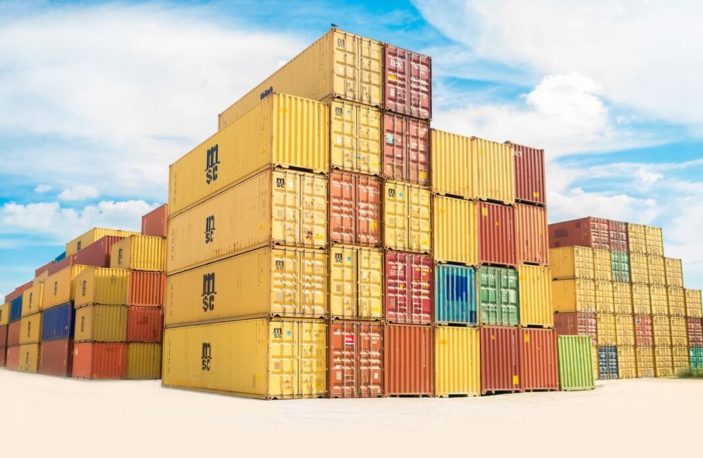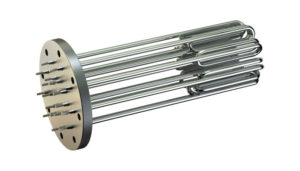Heaters for Intermodal Containers
Last updated on May 10th, 2025 at 05:45 am
Intermodal containers, or intermodal tanks, are designed for transporting products and materials in a single container for two or more forms of transport. These freight containers commonly carry liquids, gases, or solids via rail, truck, and/or ship.
Not having to transfer materials between containers when changing transport methods results in more efficient and economical shipping. As well, it reduces the risk of spills and damage or loss of product. However, special needs, like heaters for intermodal containers have their own specific set of challenges.
Special Intermodal Tank Types
Dry
“Dry” intermodal containers are the standard rectangular shipping freights. These account for about 90% of all shipping containers. Most often these are made of corrugated steel and sheet metal with enough strength for stacking atop one another.
While these units are designed to keep contents dry, they usually do not focus on thermal regulation. Insulation may be used to prevent heat loss, but active temperature control is usually reserved for reefer or heated containers.
Reefer
Refrigerated intermodal containers are commonly called reefers. These units are less common; they dry freight but are commonly used for transporting perishable goods.
The units have a similar shape to dry containers, but they use thermal equipment to maintain cold or freezing temperatures. Reefers are identifiable by fans built into the end of the container.
Heated
Heated intermodal containers serve to maintain products at elevated temperatures, or to provide freeze protection in cold weather/climates. These use a heating system to provide direct or indirect heat during transport.
The shape and size of a heated intermodal container can vary depending on the volume and type of product it carries. In addition to the typical corrugated rectangular crates, they may also include tanks in a frame. The framed tanks are generally used for bulk liquids and products under pressure.
Intermodal Container Heating Methods
There are two common heater types for intermodal containers, steam and electric.
Steam Heaters
 Steam has a long history of use for heating intermodal tanks. To provide heat in transit, the containers are built with a series of steam coils along the sides. These coils pull power from the truck, train, or vessel to generate steam which is used for indirect heating.
Steam has a long history of use for heating intermodal tanks. To provide heat in transit, the containers are built with a series of steam coils along the sides. These coils pull power from the truck, train, or vessel to generate steam which is used for indirect heating.
The main advantage of these heaters is that because they have been around longer than electric heaters, they are the most readily available. However, they are not as efficient, eco-friendly, or precise as electric heaters.
Electric Heaters
The use of electric heaters for transport containers is on the rise. Some old intermodals are being converted to use electric power for the existing containers. As well, new containers are being built to use immersion heaters for direct heating or pipe heaters for indirect.
The ability to choose between direct and indirect heating adds more diversity to electric heaters. They are also able to provide faster, more accurate, and more efficient heating.
The transportation industry is looking for more sustainable energy solutions and electric heaters having greater compatibility with batteries. This positions electric heaters to become mainstays in shipping in the near future.
For instance, Canada’s hydrogen railway strategy should make the use of electric heaters even more prevalent. As pressure to focus on electric and battery solutions for trucking and shipping increases, electric heaters are becoming the future.
